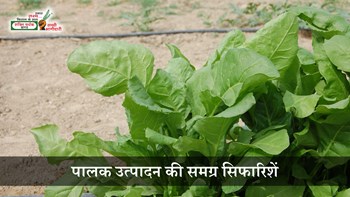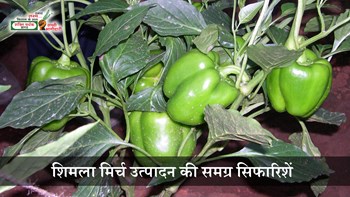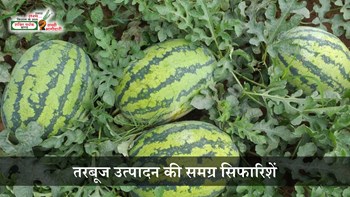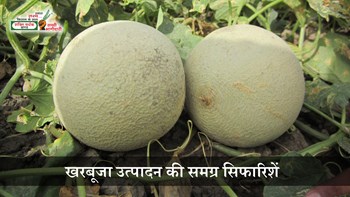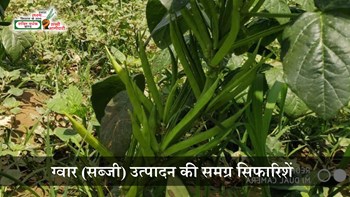- Introduction
Mustard (Brassica spp.) is an important oilseed crop that is widely grown in India. Its oil is beneficial, and it plays a crucial role in Indian agriculture. - Climate and Soil
- Climate: Mustard thrives in cool and dry weather. Its optimal growth occurs at temperatures between 10°C and 25°C.
- Soil: Well-drained sandy soil is the best, but it can also grow in clayey and loamy soils. Soil pH should be between 6.0 and 7.0.
- Land Preparation
- Tillage: Prepare the field by tilling thoroughly to soften the soil. Apply manure or compost.
- Leveling: Level the field to prevent waterlogging.
- Seed Selection and Treatment
- Variety: Choose good varieties according to the local climate. Popular varieties in India include SMH 108 and SMH 20-22.
- Seed Treatment: Treat the seeds with fungicides like thiram or carbendazim to protect against fungi and diseases.
- Sowing
- Timing: Sow in North India from October to November and in South India in September.
- Method: Seeds can be sown using a seed drill or manually. Maintain a distance of 30-45 cm between rows and use 4-5 kg of seeds per hectare.
- Depth: Sow seeds at a depth of 2-3 cm.
- Fertilization
- Soil Testing: Conduct soil tests to determine necessary fertilizers.
- Application: Apply 20-25 kg of nitrogen (N), 50-60 kg of phosphorus (P2O5), and 20-25 kg of potassium (K2O) per hectare. Half of the nitrogen and all phosphorus and potassium should be applied before sowing, while the remaining nitrogen should be applied at flowering time.
- Irrigation
- Water Requirements: Mustard requires irrigation 3-4 times. Irrigate after sowing and again during flowering and pod formation.
- Drainage: Ensure proper drainage to avoid waterlogging.
- Weed Control
- Weeds: Control weeds by manual removal or using herbicides if necessary. Removing weeds during early growth is crucial.
- Pest and Disease Management
- Pests: Common pests include aphids, mustard flies, and cabbage caterpillars, which can be managed with appropriate pesticides.
- Diseases: Major diseases include powdery mildew, which can be controlled using resistant varieties and fungicides.
- Harvesting
- Maturity: Harvest when the pods turn brown and dry. Shake the pods to check if they rattle.
- Method: Cut the crops with a sickle and leave them in the field to dry. Thresh the dried crops to extract seeds.
- Post-Harvest Management
- Cleaning: Clean the seeds thoroughly.
- Storage: Store seeds in a cool, dry, and airtight place to protect them from moisture and pests.
- Crop Rotation and Sustainability
- Rotation: Practice crop rotation to maintain soil fertility and control pests and diseases.
- Sustainability: Use organic farming and integrated pest management (IPM) for sustainability.

